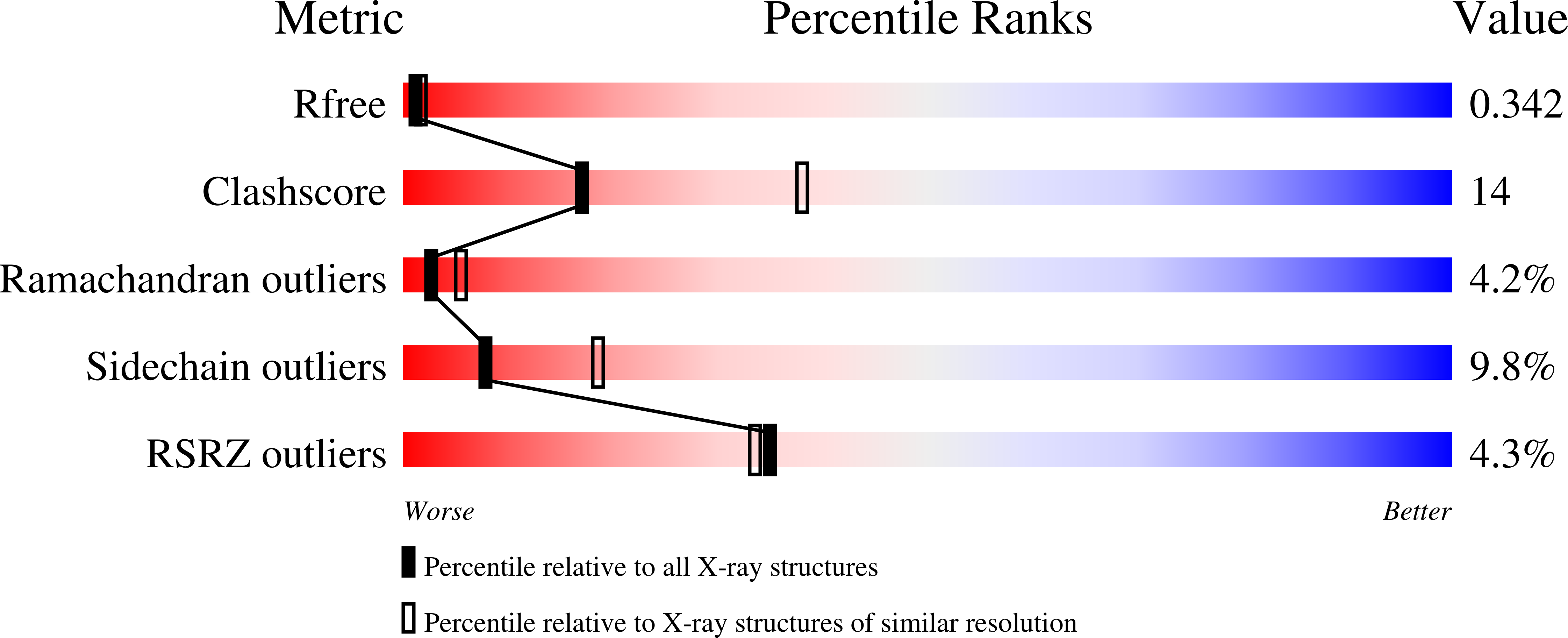
Deposition Date
2000-12-19
Release Date
2001-05-30
Last Version Date
2023-08-09
Entry Detail
Biological Source:
Source Organism:
Human immunodeficiency virus 1 (Taxon ID: 11676)
Host Organism:
Method Details:
Experimental Method:
Resolution:
2.70 Å
R-Value Free:
0.34
R-Value Work:
0.24
Space Group:
C 1 2 1


